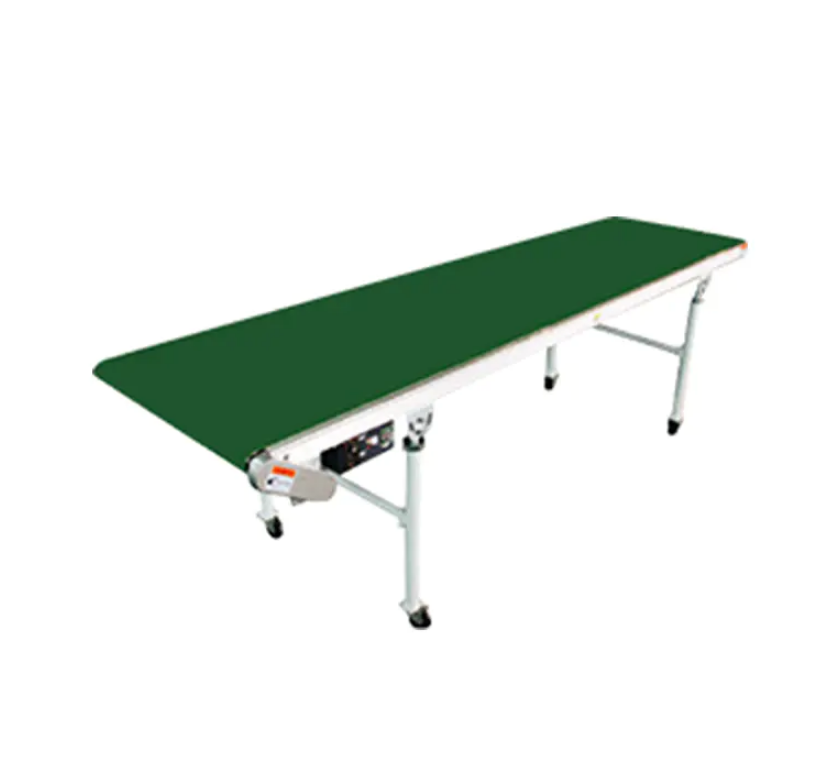Manipulator parts are essential components that make up robotic manipulators, widely used in manufacturing and automation. These parts work together to enable the precise movement and handling of materials in various applications, including assembly, welding, and packaging. Understanding the functionality of each component is crucial for maintaining and optimizing the performance of manipulators.
Key components of a manipulator include the arm, joints, end effectors, and control systems. The arm is the main structure that supports the manipulator and provides the reach needed for specific tasks. Joints allow for movement and flexibility, enabling the manipulator to navigate complex workspaces. End effectors, such as grippers or suction devices, are responsible for interacting with the objects being manipulated.
Control systems play a vital role in ensuring accurate and efficient operation. These systems can include programmable logic controllers (PLCs) or computer interfaces that allow operators to input commands and monitor performance. Advanced manipulators may incorporate sensors to provide feedback on position, force, and other critical parameters, further enhancing precision and control.
Maintenance of manipulator parts is essential for ensuring longevity and reliability. Regular inspections and replacements of worn components can prevent downtime and maintain optimal performance. As industries continue to adopt automation solutions, the demand for high-quality manipulator parts remains significant, contributing to the overall efficiency and effectiveness of production processes.



